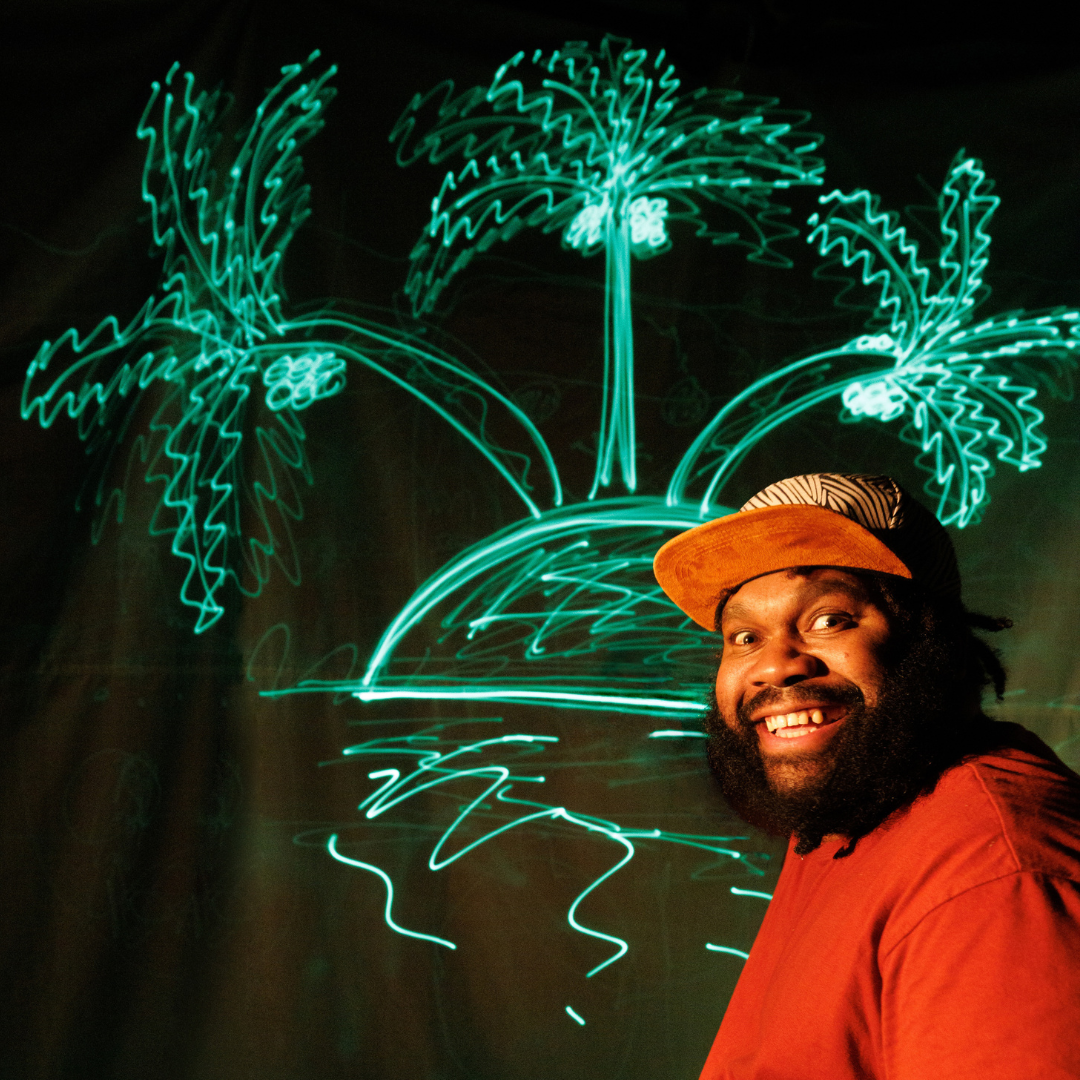Storytime with Temeka: The Dark
Temeka reads The Dark by Lemony Snicket
Questions to Discuss
Further Learning – Discover Darkness
Further Learning - Discovering Darkness

Have you heard of nocturnal animals?

Animals that produce their own source of light
Countries that have long periods of darkness
Activities
More activities to try

Visual Storytelling
Share the wonder of visual storytelling with children using these imagery-based activities.
Try It

Behind the Creation of ZOOOM
Learn about the inspiration and creative process behind our multi-award-winning show ZOOOM from Artistic Director Geoff Cobham.
Try It

A Piece of Dark
Meet the keeper of the dark in this introduction to the ZOOOM foyer activity.
Try It
